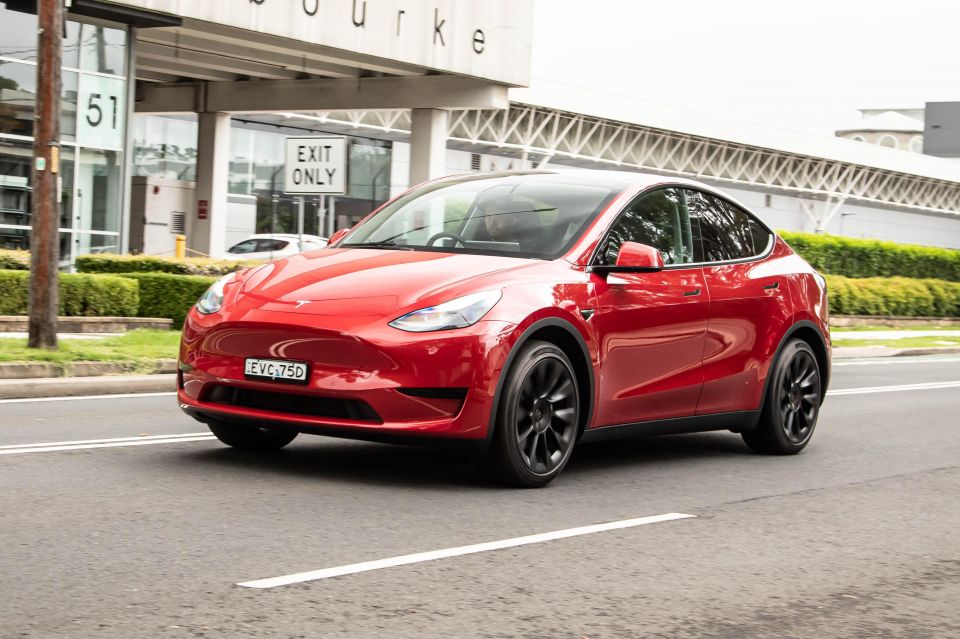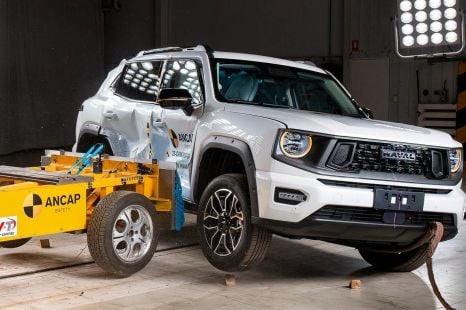

CarExpert.com.au
Chery Tiggo 7 Super Hybrid: The mid-size SUV that rewrites the value equation
4 Hours Ago
A UK study has found pedestrians are more likely to be hit by electric and hybrid cars, though its data predates life-saving alert systems.

Contributor


Contributor
A landmark study into UK car crashes has found hybrids and electric vehicles (EVs) are disproportionately represented in pedestrian incidents – or at least, they were.
The Guardian reported the results of a study documenting 32 billion miles (51.5 billion kilometres) of EV travel, as well as 3 trillion miles (4.8 trillion kilometres) of petrol and diesel car trips, compiled by the London School of Hygiene & Tropical Medicine.
While three-quarters of the 120,197 pedestrian incidents involved a petrol or diesel car, the remaining quarter saw vulnerable road users being hit by a hybrid or EV.

Per 100 million miles travelled (160.9 million km), this meant an average of 5.16 pedestrians were hit by an EV or hybrid, compared to the 2.4 by petrol and diesel cars over the same distance.
This data was skewed by incidents in towns and cities, where EVs and hybrids were found to be up to three-times as likely to be involved in an impact with pedestrians. All vehicles had about the same likelihood in rural areas.
There is, however, a large caveat to the data, which was based on travel and road crash figures between 2013 and 2017.
The study’s researchers claim there was no data available from 2018 onwards due to a data error, leaving out a critical few years of incidents since EV sales really started to take off globally.
The 2013-2017 data set also crucially comes well before EVs and hybrids sold across Europe and the UK were forced to have Acoustic Vehicle Alert Systems (AVAS) fitted, which emit sounds at speeds up to 20km/h to warn pedestrians.

Without this aural cue, vulnerable road users such as those who are vision impaired or who have difficulty judging distances are placed in greater danger of being hit by a vehicle.
As there are vehicles on UK roads which predate the safety system, Phil Edwards, first author of the study, told The Guardian that the government should consider fitting the potentially life-saving devices to older EVs and hybrids.
“If government made sure these systems were installed in all electric vehicles and retrofitted them to older electric cars, that would be a good start.”
From 2025, all new electric, hybrid and hydrogen fuel cell cars, trucks and buses in Australia will be required to be fitted with an AVAS, with changes being made to the relevant Australian Design Rules (ADR).
The Australian Government estimates the mandatory fitment of AVAS will lead to the reduction of 68 fatalities, 2675 serious injuries, and 2962 minor injuries by 2060, while saving taxpayers $208 million in health-related costs.
Born and raised in Canberra, Jordan has worked as a full-time automotive journalist since 2021, being one of the most-published automotive news writers in Australia before joining CarExpert in 2024.


CarExpert.com.au
4 Hours Ago


William Stopford
6 Hours Ago


Damion Smy
7 Hours Ago


James Wong
7 Hours Ago


William Stopford
8 Hours Ago


Andrew Maclean
8 Hours Ago